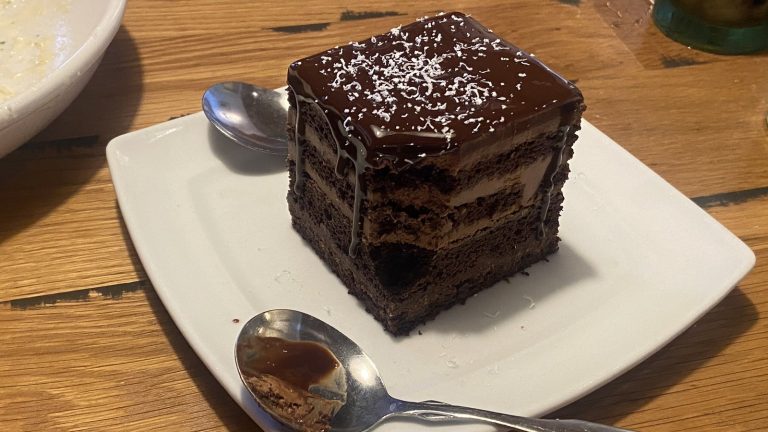As an honorary member of Seattle’s Ethiopian community for many years, I came to love East African food, particularly for the earthy, aromatic spices permeating most every meal. Via strong friendships and gracious open arms, I even learned to make some traditional Ethiopian dishes myself, including ones featuring the cherished berbere spice mix. The process itself isn’t much different than Cajun or other communities assembling spices that define their own specialty foods, but berbere occupies a culinary space like no other.
Though the word berbere means “hot” or “pepper” in Amharic, one of the primary languages of Ethiopia, it doesn’t necessarily indicate a tongue-sizzling spiciness. Recipes vary, some carrying more heat than others. But while berbere is likely one of the most deeply flavorful spice mixes you’ll ever experience, the potent impact comes more from complexity than from stinging pungency. It doesn’t kick suddenly as much as roll powerfully across your tongue like an ancient, irresistible force. You’ll experience spicy, sweet, and savory notes all at the same time.
It really comes down to the individual spices and blending knowledge handed down for generations in both Ethiopia and neighboring Eritrea. With compliments to Ethiopian chefs across America, here’s a look at the primary spices comprising a berbere spice mix. It perfectly complements Ethiopian dishes, but you can certainly use it in other ways, transforming ordinary sauces, stews, soups, meats, and vegetables into something extraordinary.
What’s in the ancient African berbere spice
There isn’t one exclusive, hard-and-fast recipe for making berbere, since customs can vary from family to family and region to region. But core components largely define the taste, including dried red chili peppers. Sweet and smoked paprika appear in many American-made berbere recipes, along with important spices including ginger, garlic, nutmeg, allspice, fenugreek, and five C-spices: Cinnamon, cloves, cumin, cardamom, and coriander. Some of these stand in for hard-to-find Ethiopian spices such as korerima, which are sometimes available in African grocery stores.
To accentuate the flavors, Ethiopian families are known to toast the spices before or after blending, and then grind them into powder. Berbere spice mixtures easily become the base of an awaze dipping sauce for bread, particularly the porous, highly nutritious injera flatbread made from teff grains, often referred to as teff flour. Awaze is a thick, paste-like sauce created with the spice mix, oil, and sometimes mead or red wine. It often sits on dinner plates as well, perched on the side for dabbing into various dishes.
Once the spices are mixed, they can be sprinkled over or into most anything, including meats, veggies, salads, and cooked grains, or mixed into side dishes such as berbere split peas. They’re a crucial component of doro wat chicken stew, the national dish of Ethiopia. It’s also common to create a rub from berbere for patting down BBQ meats before they hit the grill.






